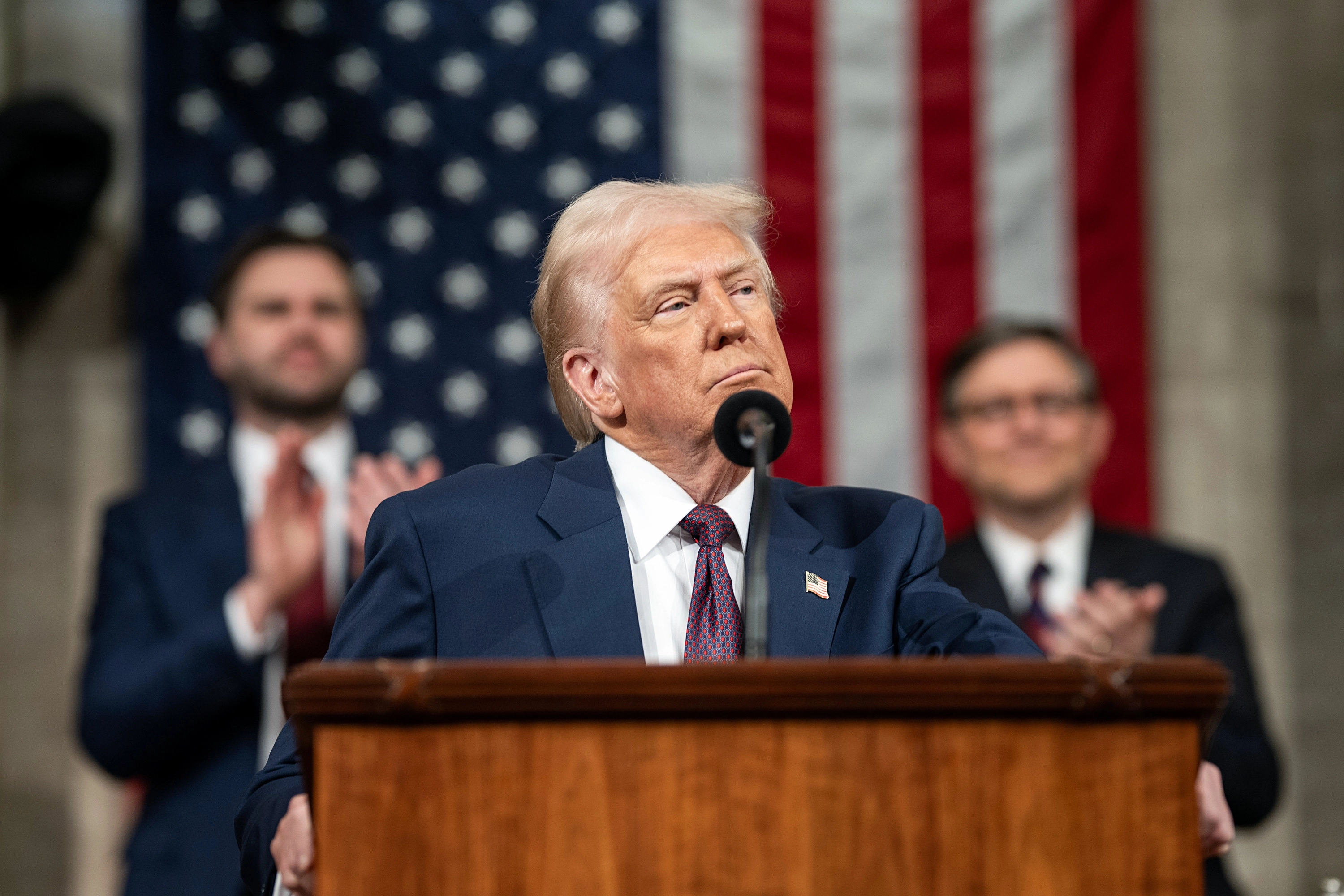Donald Trump’s recent proposals to alter the voting system in the United States have sparked considerable debate and concern among political analysts and citizens alike. Drawing inspiration from various international examples, including India’s electoral process, Trump aims to implement changes that could significantly reshape the landscape of American democracy. One of the key aspects of his initiative is the potential introduction of a more centralized voting system, which he argues could enhance the efficiency and security of elections.
India, with its vast and diverse population, offers an intriguing case study for Trump’s vision. The country employs a robust electoral framework that integrates technology and a centralized commission to oversee the voting process. This system has allowed India to conduct elections on a massive scale, ensuring that millions participate while maintaining the integrity of the process. Trump’s proposal suggests that adopting similar mechanisms could streamline U.S. elections, potentially reducing instances of fraud and ensuring a more uniform voting experience across states.
However, critics of Trump’s approach raise concerns about the implications such changes could have on voter accessibility and the foundational principles of federalism in the U.S. The decentralized nature of the American voting system is designed to allow states to tailor their electoral processes to better suit their unique populations and needs. A shift towards centralization, as seen in Trump’s proposals, could undermine this flexibility and lead to disenfranchisement of certain voter groups. As the discourse unfolds, it remains crucial to assess the balance between enhancing security and preserving the democratic ideals that underpin the electoral process in the United States.
In summary, while Trump’s ambitions to reform the voting system are grounded in examples from successful international practices like India’s, the complexities and nuances of the American electoral landscape require careful consideration. Striking a balance between efficiency, security, and accessibility will be essential in ensuring that any changes made to the voting process reflect the will and needs of the American populace. As these discussions continue, the implications of such reforms will undoubtedly influence the future of democracy in the United States.




